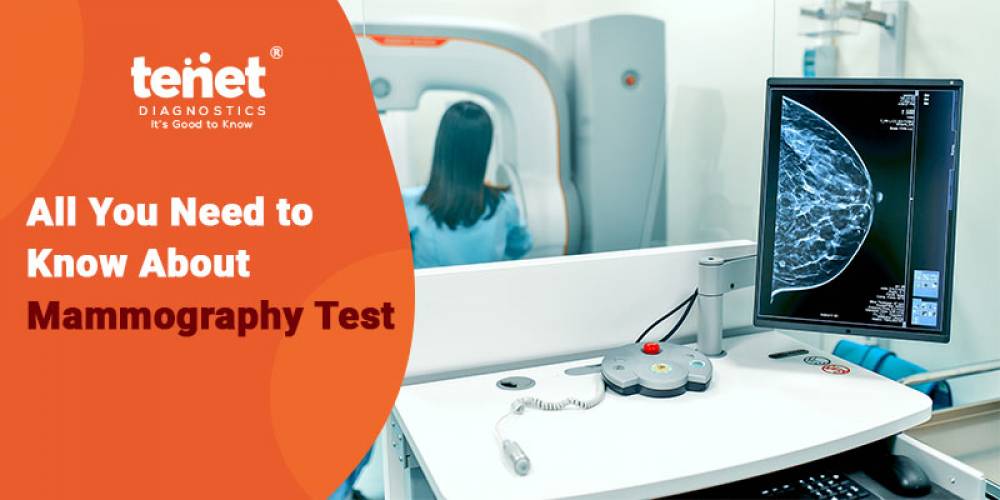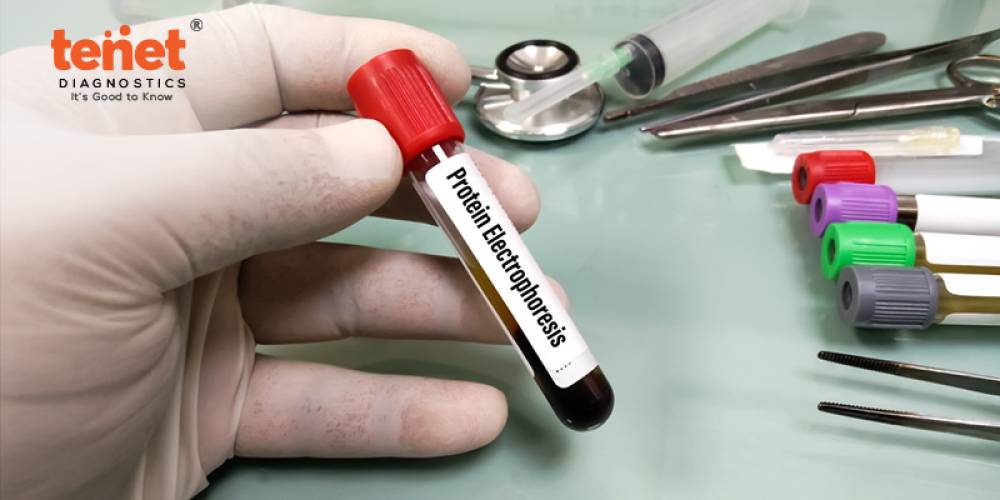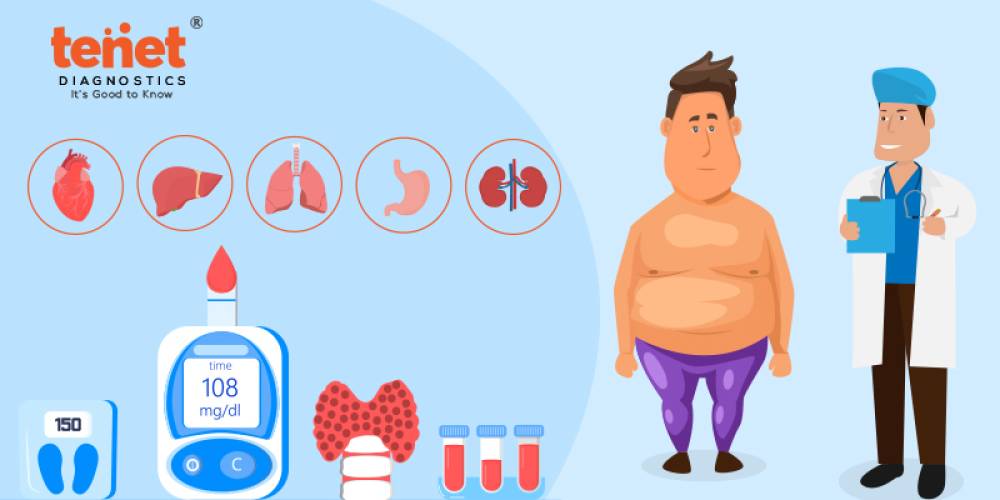According to studies, more than 16% of Indian women aged 40-60 are at risk of developing aggressive breast cancer. Furthermore, delayed detection can result in 1 out of every 22 women in India acquiring breast cancer.
Regular breast screening checks are the most excellent approach to detecting breast cancer. Therefore, MAMMOGRAPHY will be advised as a screening test to look for breast cancer signs in persons even with no symptoms.
Mammograms are an essential tool for breast cancer screening and diagnosis. They can discover cancer before you have symptoms by using low-dose X-rays to show abnormal (generally noncancerous or benign) regions or tissues in your breast.
Connect with the best diagnostics in Hyderabad for mammography test because maintaining updated about your health by check-ups to ensure the well-being of your breasts is mandatory.
What Is Mammography Test?
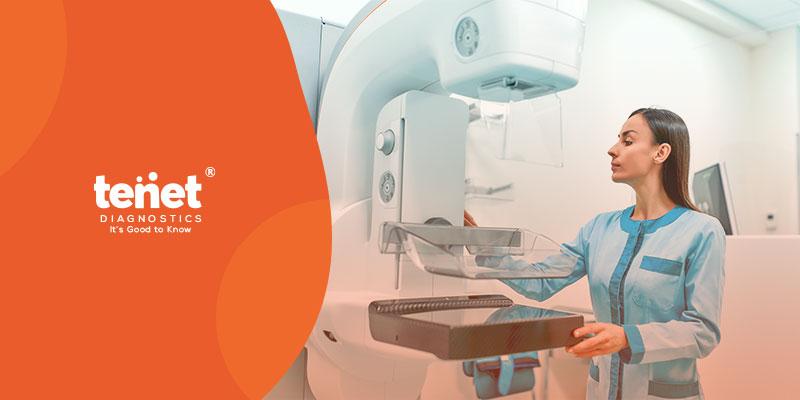
Mammography is a type of radiography that examines the breasts using low-dose x-ray equipment. It is crucial in the early identification of breast cancer since it can identify changes in the breast up to 2 years before a patient or doctor can feel them.
Signs And Symptoms
Mammography can also diagnose breast cancer in those with the following symptoms.
- A breast lump or an armpit lump (axillary mass)
- Breast or breast portion thickening or swelling
- Skin dimpling on the breasts
- A change in the breast's size or form
- One breast feels heavy
- Nipple Retraction (pulling inward of a nipple)
- Discharge from nipple
- Breast discomfort
- Breast or nipple redness, scaling, rash, or irritation
- Breast pain
Other reasons to look for this test are as above.
- Personal history of breast cancer.
- Family history of breast cancer.
- Inherited genetic mutations- BRCA1 and BRCA2.
- Noncancerous breast diseases such as atypical ductal hyperplasia and lobular neoplasia.
Search for the mammography test near; if you find any of these indicators. Early detection will help in the prevention of breast cancer.
Risks And Complications
Mammography has the following risks and limitations:
- Low-dose radiation is used in mammograms. However, the dose is relatively low, and for most women, the benefits of frequent mammography results outweigh the hazards associated with this level of radiation.
- You may require additional tests if something unusual is discovered in your mammography results. Additional tests, such as ultrasound or biopsy- a procedure to take a sample of breast tissue for laboratory testing may be included. However, most mammography findings are not cancer.
- If your results reveal anything odd, the radiologist who interprets the images will want to compare them to past mammograms. Your radiologist will request permission to repeat mammograms if you have already undergone mammograms.
- Mammography screening does not detect all malignancies. Some malignancies discovered during the physical examination may not be seen on a mammogram. For example, a malignancy may be overlooked if it is too small or located in a region mammography cannot see, such as your armpit.
- Not all tumors detected by mammography can be treated. For example, some breast cancers are aggressive, spreading swiftly to other body regions.
Mammography Test Procedure
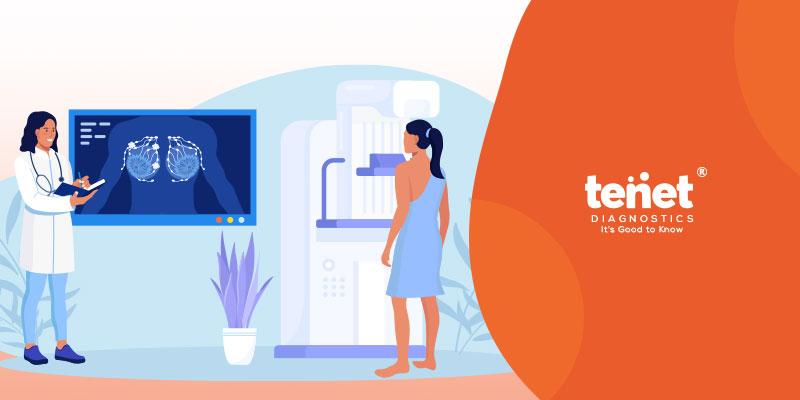
Before
- When scheduling your mammogram for breast cancer, there are a few essential things to be considered, including:
- Inform your doctor if you are breastfeeding, pregnant, or suspect you are pregnant. Instead, they may recommend a breast ultrasound.
- If you have a menstrual cycle, avoid scheduling your mammogram the week before or during your period. During this period, your breasts may be sore, making the procedure unpleasant.
- Please notify the doctor if you have breast implants or have recently received a vaccination.
- Inform your doctor about all your medicines and previous medical conditions.
Follow these guidelines on the day of your mammogram radiology:
- Maintain your regular schedule – eat, drink, and take your medications.
- Wearing deodorant, perfume, lotion, or body powder is not permitted. These products may impair the accuracy of X-ray images.
- On the day of their mammography, some women prefer to wear a top and bottoms rather than a dress. For the imaging procedure, you will be needed to wear a medical gown or drape and undress above your waist.
During
The following steps are included in a mammogram procedure:
A mammography examination is a simple procedure. First, before the test, all clothing and jewelry above your waist must be removed. Next, you will be given an open-front hospital gown or drape.
- Initially, you will be asked to remove your clothes above the waist or one breast from your gown at a time as you stand in front of the machine.
- After that, your breasts will be placed on a resting plate, and a compression device will be applied.
- Though the compression is uncomfortable, it is required to create reliable photographs of the breast tissue.
- The pain is temporary, not hazardous, and does not harm the breast tissue.
- The technician typically takes two views of each breast.
- Before you leave, the technicians review the radiographs for clinical accuracy once the films have been created.
- The films are subsequently reviewed by radiologists who have received specialized training in breast image interpretation.
- Depending on the outcome of the mammography scans, you may be asked to undergo additional imaging, such as an MRI or ultrasound.
After
After your mammogram screening, you may be requested to wait while the radiologist evaluates your photos. Your results will be communicated to you as soon as the reports and images are processed.
The discomfort of breast compression usually goes away quickly after the test, although some women experience soreness in their breasts for a day or two afterward. If you do feel uncomfortable, wear casual clothes.
Inquire about the mammography test price from the best diagnostic center for quick diagnosis and early treatment.
Mammography Test Results

Your mammography results may indicate expected, negative, or positive. First, suppose your radiologist notices anything suspicious or suggestive of cancer. In that case, the report will explain the size of the discovery, its location, and the form or outline of the aberrant region.
Findings can be described using a variety of terminology, including:
- Microcalcifications or Breast calcifications in clusters (calcifications appear as white spots on a mammogram image, and their significance can vary)
- Spiculated lesion (a lump that has spikey borders like a starfish)
- Breast tissue density that is asymmetrical
- Thickening of the skin
- Breast Retraction (nipple pulling inward)
- Distortion or pressing on tissue
- The description of the thickness of your breast tissue.
- Connect to the diagnostic center near for mammography test cost and schedule your test immediately.
Follow Up with Your Doctor
Based on your mammography results, your doctor may make some recommendations. Other research may not be required in some circumstances. However, if this is the case, they may include the following:
- Imaging follow-up
- Views from specific locations
- Magnification
- Breast ultrasonography for tumors and lumps: This test may frequently distinguish between solid tumors and breast cysts and may be performed on the same day as your mammography.
- Breast MRI: There are various distinctions in the examination of breast tissue between a mammogram and an MRI. MRI may be more accurate for people with a family history, other risk issues, or dense breasts.
- Biopsy of the breast: This definitively diagnoses or excludes breast cancer.
Final Words
Mammography tests are an essential tool for breast cancer screening, and every female after age 40 should regularly have this test to avoid breast diseases and early screening in females with family history of breast cancer.
While the treatment can be painful and waiting for results can be stressful, obtaining your mammogram at the proper age and time intervals is critical based on your risk of getting breast cancer.
Speak with the best diagnostic center in Hyderabad for the mammography procedure. And to your doctor, if you have any questions about your risk of developing breast cancer.

